In the southeastern corner of South Korea lies Gyeongju, a city steeped in history and brimming with cultural treasures. Often referred to as the “Museum Without Walls,” Gyeongju is a living testament to the glorious past of the ancient Silla Kingdom. As you journey through its streets, you’ll encounter breathtaking temples, serene lakes, and archaeological wonders that transport you back in time. Join us in uncovering the ultimate things to do in Gyeongju, where every step is a walk through the annals of Korean history and culture.
Bomun Lake:- With its tranquil waters and picturesque surroundings, offers the perfect setting for leisurely strolls, boat rides, and picnics. The lake area also boasts resorts, making it a serene escape from the bustling world.
Bulguksa Temple:- A UNESCO World Heritage site, is a masterpiece of Korean Buddhist architecture. Explore its intricate wooden structures, serene courtyards, and the Dabotap Pagoda, a symbol of artistic excellence.
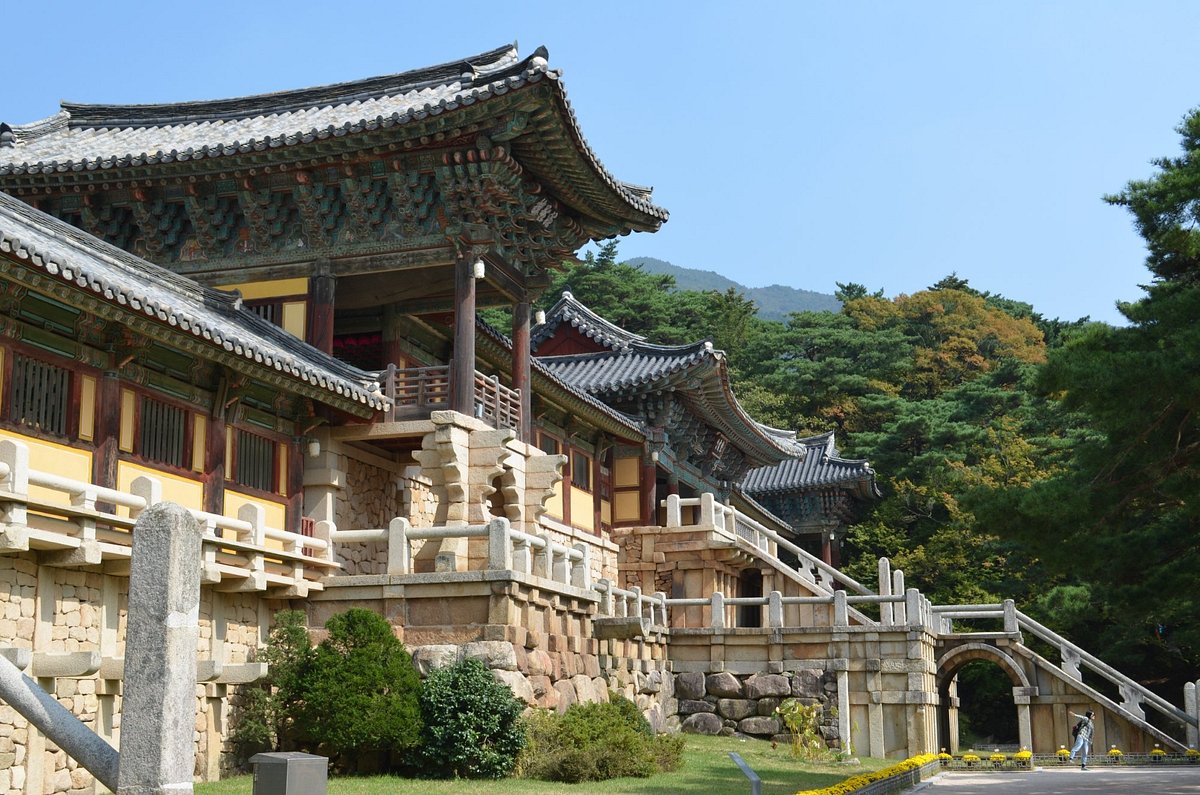
Anapji Pond:- is a stunning reflection of Silla’s royal beauty. Visit during the evening when the illumination transforms the pond into a mesmerising dreamscape, surrounded by ancient palace ruins.
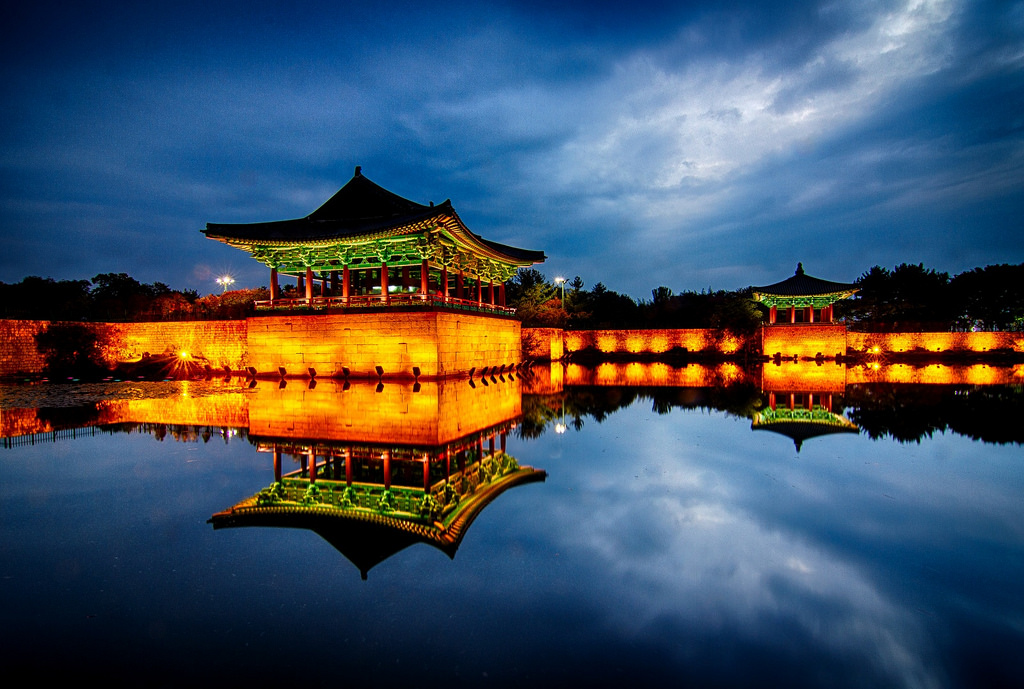
Seokguram:- Seokguram Grotto is a marvel of ancient engineering and religious devotion. Discover the serene beauty of this Buddhist cave temple, home to the exquisite stone-carved Buddha statue.
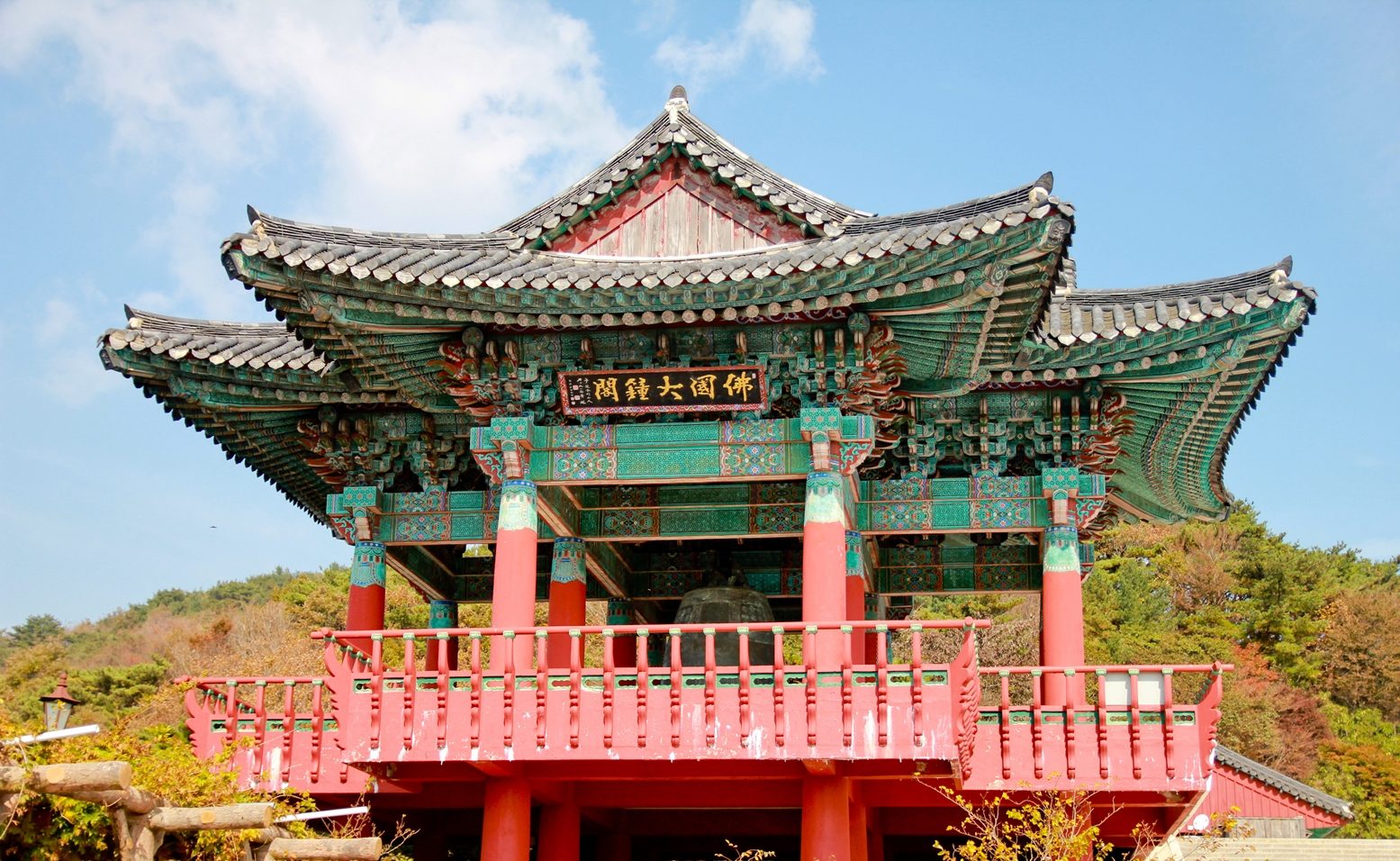
Cheomseongdae Observatory:- Dating back to the 7th century, Cheomseongdae is one of the oldest observatories in East Asia. Climb its steps and witness the night sky as ancient astronomers once did.
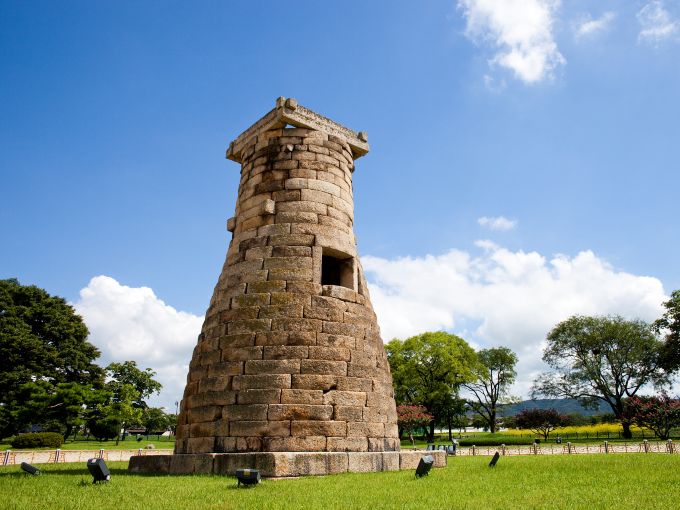
Gyeongju National Museum:- Immerse yourself in Gyeongju’s history and art at the Gyeongju National Museum. It houses a vast collection of artifacts, including golden crowns, pottery, and royal treasures.
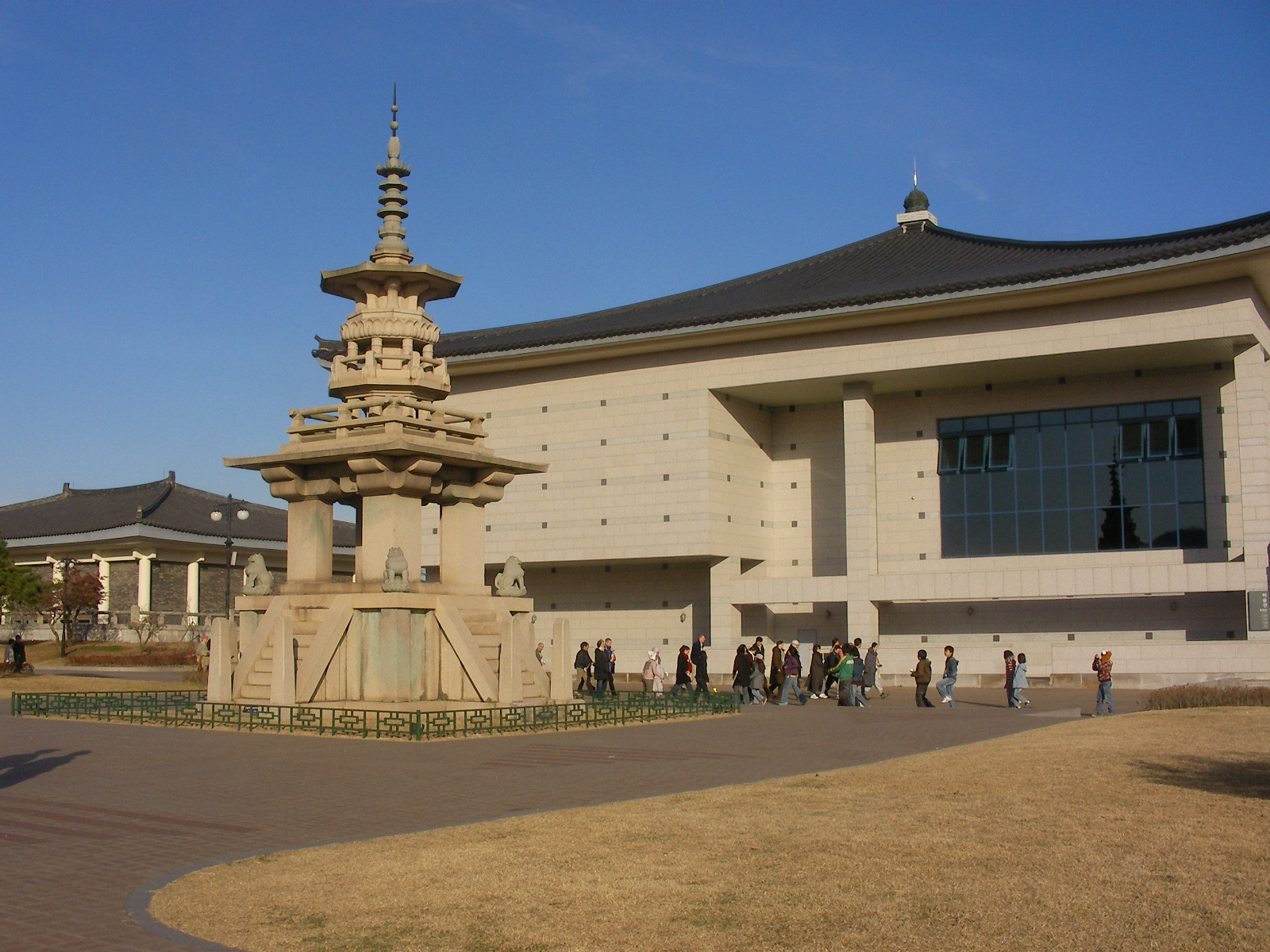
Gyeongju National Park:- Explore the expansive Gyeongju National Park, home to various historical sites, including royal tombs, temples, and ancient fortresses. Nature enthusiasts will also appreciate the lush landscapes.
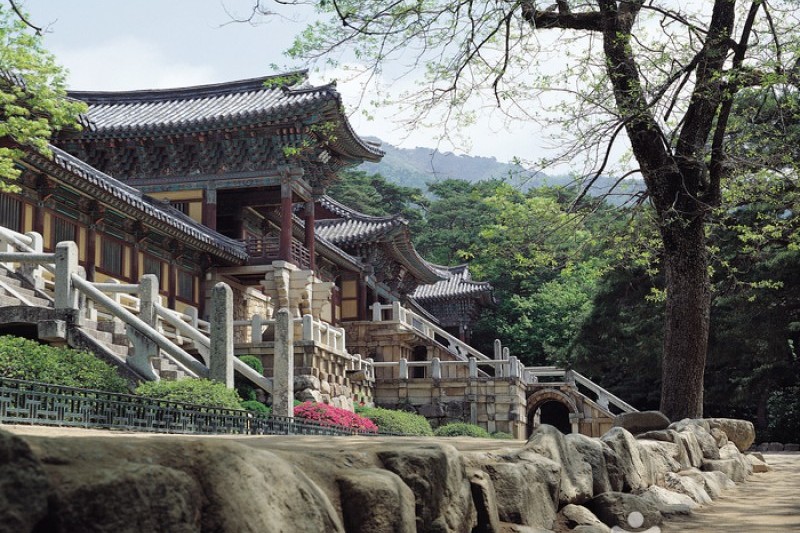
Yangdong Folk Village:- Step back in time at Yangdong Folk Village, a UNESCO-listed heritage site. Wander through traditional thatched-roof houses, serene gardens, and absorb the ambiance of old Korea.
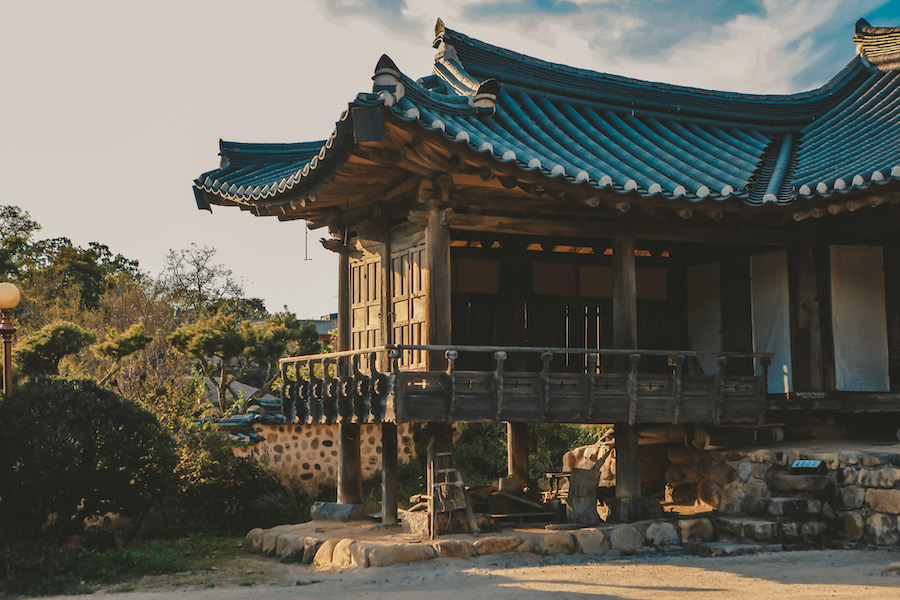
Best Time to Visit South Korea: The ideal times to visit South Korea are during the spring (April to June) and autumn (September to November) when the weather is mild, and the landscapes come alive with cherry blossoms or colorful foliage. Avoid the hot and humid summer (July and August) for outdoor activities and the chilly winter (December to February) for milder temperatures.
Gyeongju is a city where history breathes, where ancient wonders and cultural treasures stand as testament to a glorious past. From the serene beauty of Bomun Lake to the intricate artistry of Bulguksa Temple and the ancient wisdom of Cheomseongdae Observatory, Gyeongju beckons travelers to step into a bygone era. As you explore its temples, museums, and ancient relics, you’ll find yourself captivated by the rich tapestry of Korean history and culture that this city has carefully preserved. Gyeongju is a journey through time, and we invite you to immerse yourself in its enduring beauty.

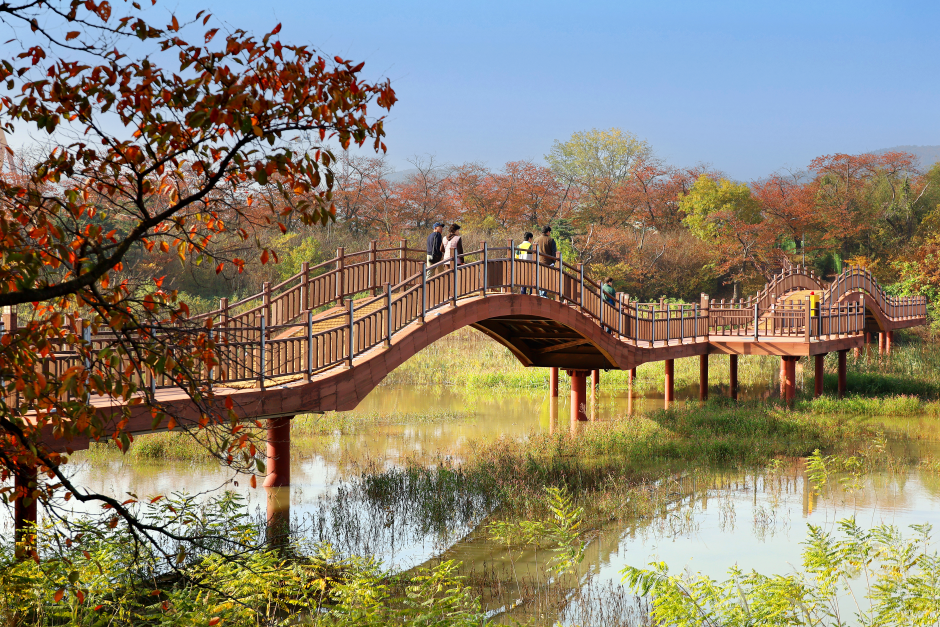
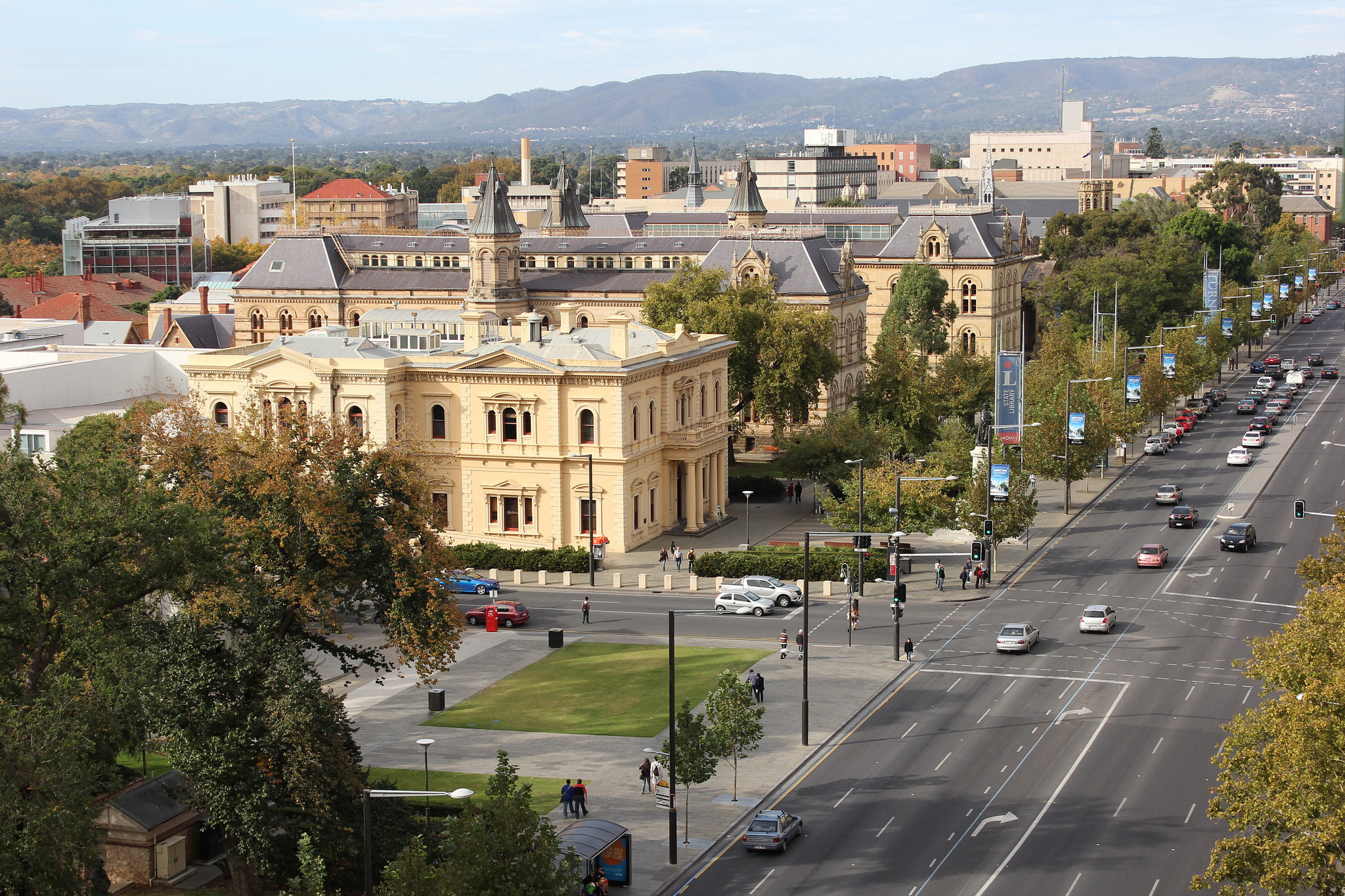
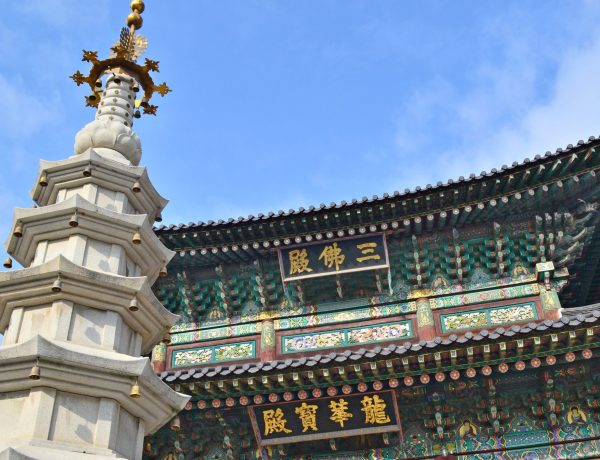
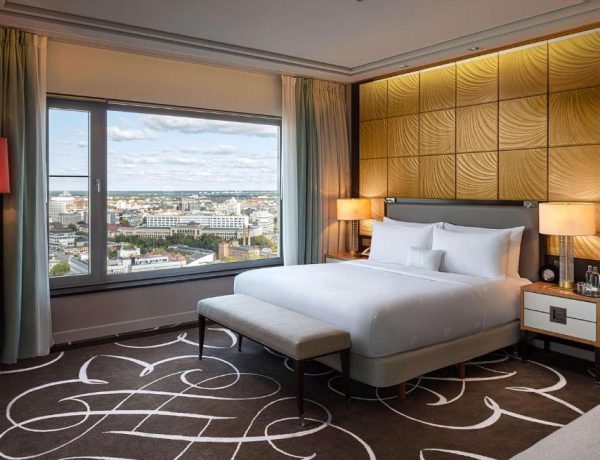
No Comments